Memorials
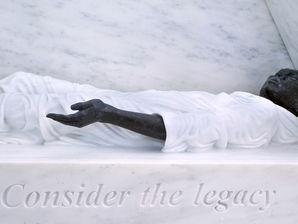
Visitors can pass through The Ark of Return to intimately experience three primary elements. The first element, Acknowledge the Tragedy, is a three-dimensional map that depicts the global scale of the triangular slave trade.
The second element, Consider the Legacy, is a full scale human figure lying in front of a wall inscribed with images of the interior of a slave ship. This element illustrates the extreme conditions under which millions of African people were transported during the Middle... Read More
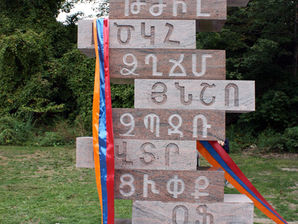
The Armenian Culture Garden is a memorial dedicated to the Armenian people who immigrated from Armenia to the United States, specifically Cleveland, in the early 1900s. The statue in the middle of the garden, the Alphabet Monument, honors those who had historical or cultural accomplishments that contributed to the Armenian nation.
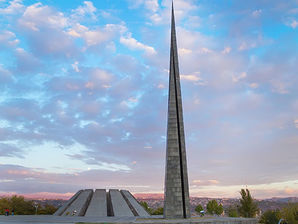
The Armenian Genocide Memorial Complex, often referred to as Tsitsernakaberd, was constructed to honor the millions of lives lost to the Armenian Genocide (1915-1917). Nearby is a museum, the Armenian Genocide Museum-Institute, established in 1995, which contains artifacts and stories from the Genocide, and attempts to educate people on the horrific events.
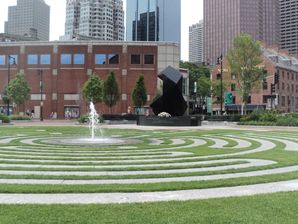
This memorial park celebrates Armenian immigrants in the United States, and the cultural and economic contributions they made to American society. It also contains a sculpture dedication for those impacted by the 1915-1923 Armenian Genocide.
This monument is by Irish sculptor John Behan, and is a symbol of the positive impacts of Irish immigration in both the United States and beyond. It was a gift from Ireland to the United Nations.
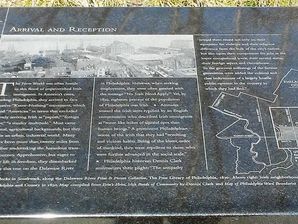
The New World was often hostile to this flood of impoverished Irish immigrants. In America's cities, including Philadelphia, they arrived to face the native "Know-Nothing" movement, which defined "American" in terms that excluded the newly arriving Irish as "papists," "foreign paupers," "a motley multitude." Most came from rural, agricultural backgrounds, but they landed in an urban, industrial world. Many had never been more than twenty... Read More
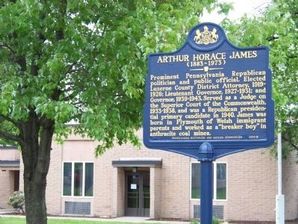
Prominent Pennsylvania Republican politician and public official. Elected Luzerne County District Attorney, 1919-1926; Lieutenant Governor, 1927-1931; and Governor, 1939-1943. Served as a Judge on the Superior Court of the Commonwealth, 1933-1938, and was a Republican presidential primary candidate in 1940. James was born in Plymouth of Welsh immigrant parents and worked as a "breaker boy" in anthracite coal mines.
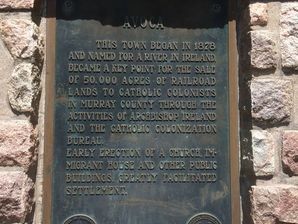
This town began in 1878 and named for a river in Ireland. Became a key point for the sale of 50,000 acres of Railroad lands to Catholic colonists in Murray County through the activities of Archbishop Ireland and the Catholic Colonization Bureau.
Early erection of a church immigrant house and other public buildings greatly facilitated settlement.
The Aztec Ruin National monument is actually a well-preserved example of Pueblo architecture in New Mexico. Early white explorer mistakenly identified the building as traces of Maxican Aztec culture, instead fo the Puebloan people.
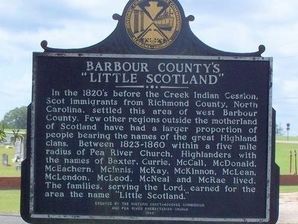
Barbour County’s “Little Scotland”
In the 1820’s before the Creek Indian Cession, Scot immigrants from Richmond County, North Carolina, settled this area of west Barbour County. Few other regions outside the motherland of Scotland have had a larger proportion of people bearing the names of the great Highland clans. Between 1823-1960 within a five mile radius of Pea River Church, Highlanders with the names of Baxter, Currie, McCall, McDonald, McEachern, McInnis, McKay, McKinnon, McLean,... Read More
